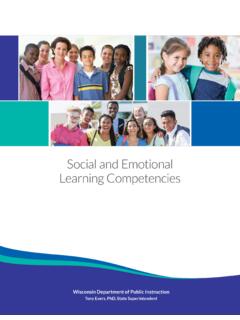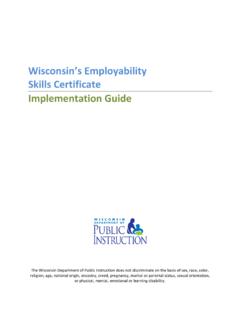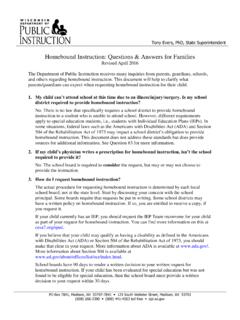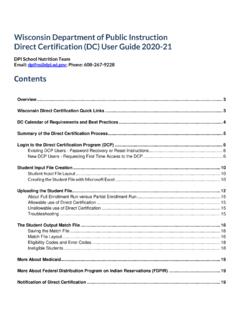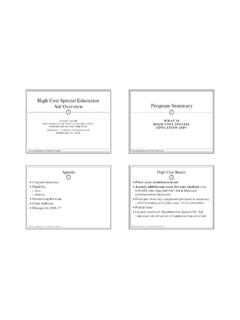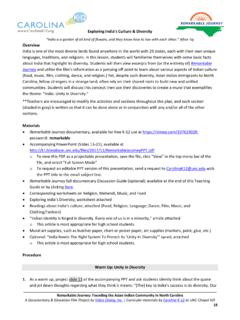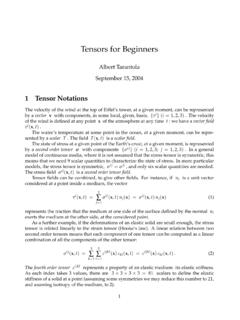Transcription of Flexible Grouping What it is: Examples
1 Chrystyna Mursky 2011 Flexible Grouping What it is: Flexible Grouping is at the heart of differentiated instruction. It provides opportunities for students to be part of many different groups based on their readiness, interest, or learning style. These groups may be homogenous or heterogenous. They may be student-selected or teacher-selected. Group assignments may be purposeful or random. Groups may work together for a day or a month. Flexible Grouping also provides opportunities for independent work. Benefits: Fluid strategy that responds to student needs Provides opportunities for students to interact with a variety of peers Develops collaborative skills Creates a sense of classroom community Eliminates tracking Develops independent work skills Develops flexibility Examples : Literature Circles Science labs or projects Role playing Leveled math groups Tiered assignments Situations where it s useful.
2 When there is a difference in students levels of readiness When activities or tasks focus on a common area of interest When activities or tasks emphasize a particular learning style When activities or tasks require a variety of learning styles Pointers: Make sure that students have opportunities to be part of homogenous and heterogenous groups equally Provide for both teacher-selected and student-selected groups Alternate purposeful assignment to groups with random assignment to groups Instruct students how to work collaboratively and cooperatively Meet with each group each time they are together Allocate the amount of time with each group based on their needs Establish behavior guidelines for group work Clearly communicate expectations about the quality of student work Create tasks that students can manage
3 Independently after you give directions Develop a system for students to get assistance while you re working with other groups Make decisions about grading will it be individual, group, or a combination? Chrystyna Mursky 2011 References/Resources Gregory, and Chapman, C. (2002). Differentiated instructional strategies: One size doesn't fit all. Thousand Oaks, CA: Corwin Press. Heacox, D. (2009). Making differentiation a habit. Minneapolis, MN: Free Spirit Publishing. Karnes, and Stephens, (2008). Achieving excellence: Educating the gifted and talented.
4 Upper Saddle River, NJ: Pearson. Roberts, and Inman, , Eds. (2009). Strategies for differentiating instruction: Best practices for the classroom. Waco, TX: Prufrock Press. Rogers, (2002). Re-forming gifted education. Scottsdale, AZ: Great Potential Press.

